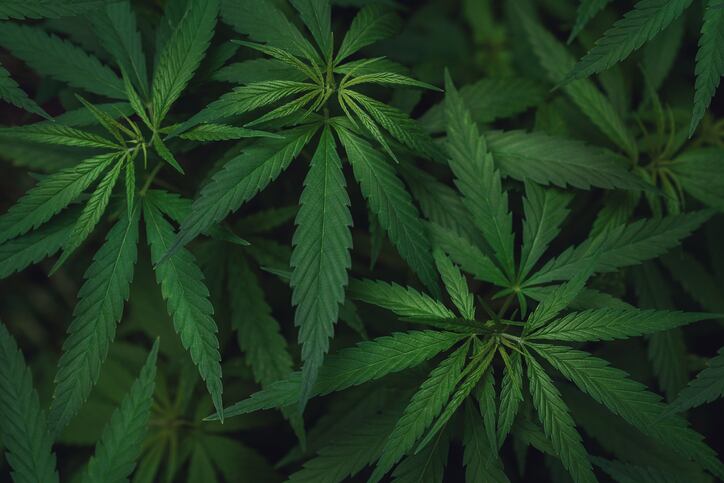The session was part of AHPA’s Hemp-CBD Supplement Virtual Congress which featured a brief keynote address from Oregon Sen. Ron Wyden, one of the foremost proponents in Congress for this category of products.
The first session of the day was a look at the market for hemp farmers and what the trends look like on the retail side for hemp/CBD finished products.
Significant oversupply at farm level
The picture at the farm level was given by Ian Laird of the group hempbenchmarks.com. Laird said the enthusiasm for hemp cultivation grew faster than did the market for the crop, making for a significant oversupply of raw material. Prices for CBD biomass have fallen by as much as 84% over the past year. Bulk hemp oil has fallen even further. Prices there are off by as much as 94%, he said. Part of this is due to farmers still selling through a backlog of material from the 2019 crop.
Laird said putting a precise number on how much hemp is actually in the field and will be harvested this year is difficult. There are figures for how many acres have been permitted, but planted acres are a much smaller subset of that. Add to that the unusual weather this year which was seen droughts and heat waves in some areas where hemp is being grown, both of which are detrimental to the crop.
“We are probably still oversupplied, but not as dramatically as we were in 2019,” he said.
The retail focus came from Roy Bingham, co-founder and CEO of cannabis market research firm BDS Analytics, and Rich Maturo, vice president of cannabis product measurement at Nielsen.
Legal cannabis as disruptor
BDS Analytics started out analyzing the medical and legal marijuana spaces, and much of the company’s data still pertains to that channel. But Bingham said there is increasing crossover between the two markets. CBD skus have now become a significant portion of what’s on the shelf in dispensaries, and some hemp/CBD dispensary brands have crossed over into other distribution channels.
Bingham said as much as 43% of all hemp/CBD products sold were sold in dispensaries in 2019, but as regulations evolve that is sure to change and other distribution channels will come to the fore. Legalization of cannabis will be a disruptor to the hemp/CBD trade just it has been with the alcohol industry, he said. Drawing a sharp line between products made from ‘industrial hemp’ and those derived from ‘marijuana’ is crucial for companies from a regulatory standpoint. But it is of little to no concern for consumers, Bingham said.
Robust growth forecast
Bingham’s forecast is for the legal cannabis market to hit $47 billion by 2025. His company sees the CBD market reaching $18 billion by that time, which includes CBD for all uses, including topicals, pet products, pharmaceuticals as well as products sold as dietary supplements.
Maturo said Nielsen’s forecasts take a more restrictive view of the market, looking at only hemp/CBD products sold in retail channels outside of dispensaries. He said his company’s metrics forecast the average CBD consumer is willing to spend about $100 a year on the products.
Multiplying that by the total number of projected consumers Maturo said the hemp/CBD market will expand from somewhat more than $2 billion this year to $6 billion to $7 billion by 2025.
All three speakers said a federal regulatory solution could significantly boost the projected growth figures for the sector. Bingham in particular noted that there are major food and beverage companies with products under development, and mass channel retailers that would carry the products, but neither will move forward without clarity from FDA.

